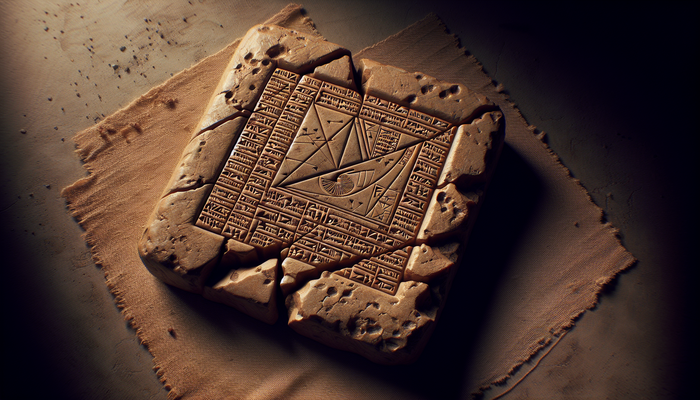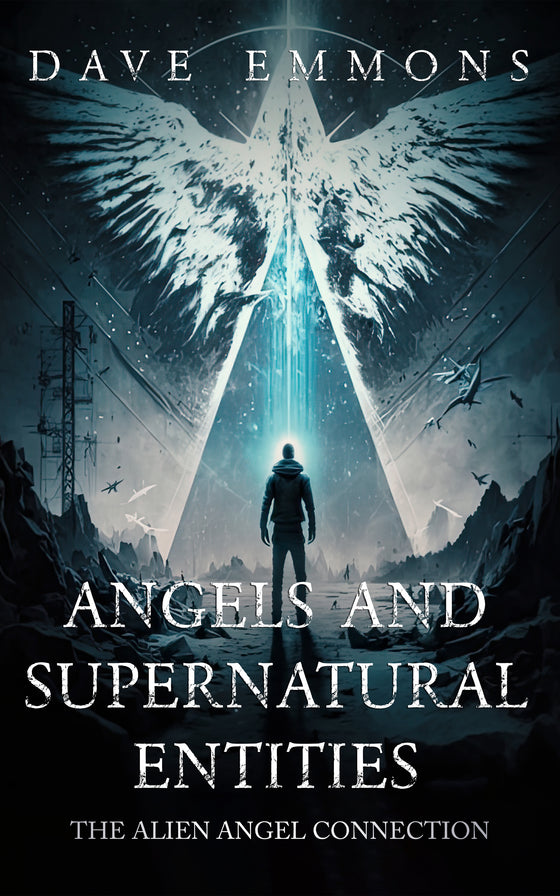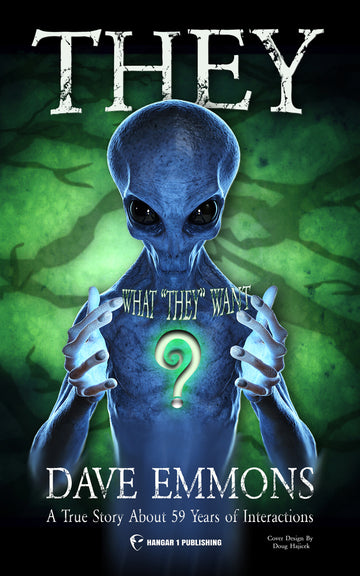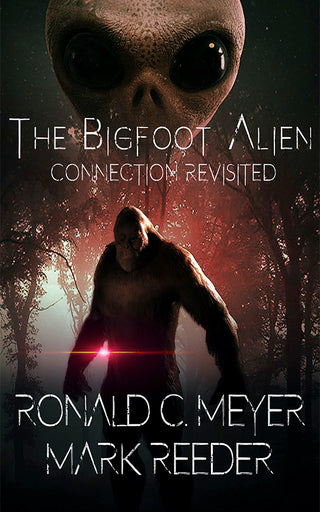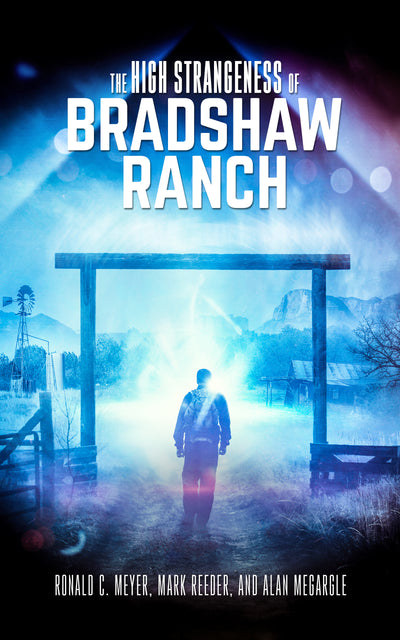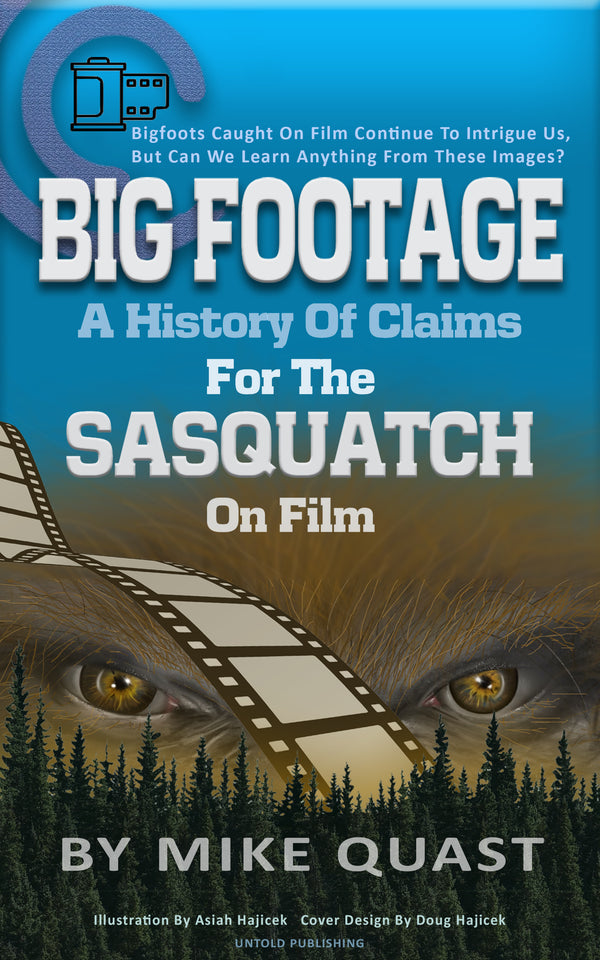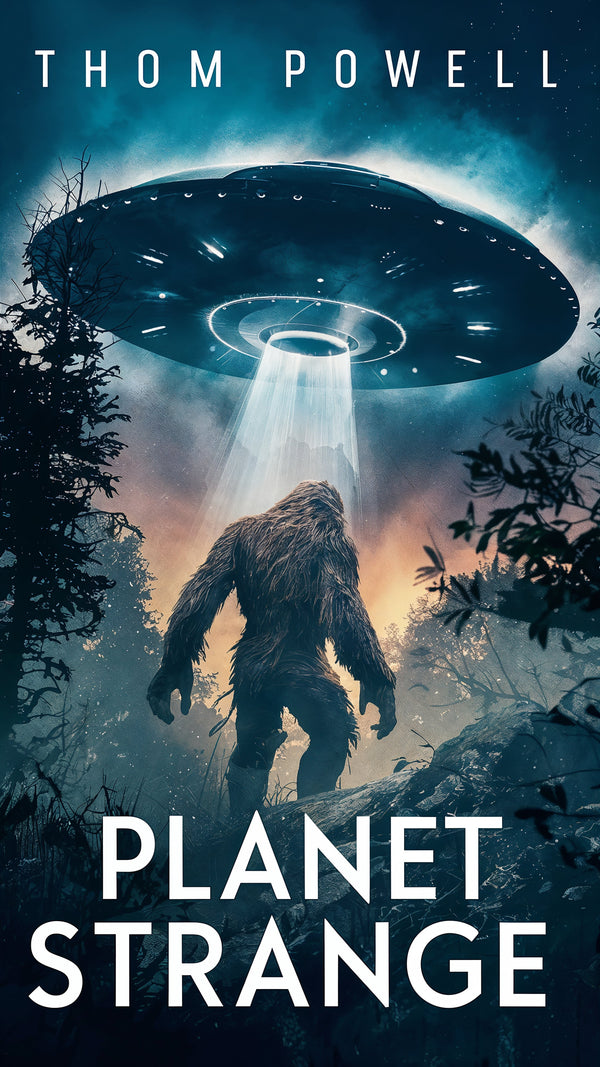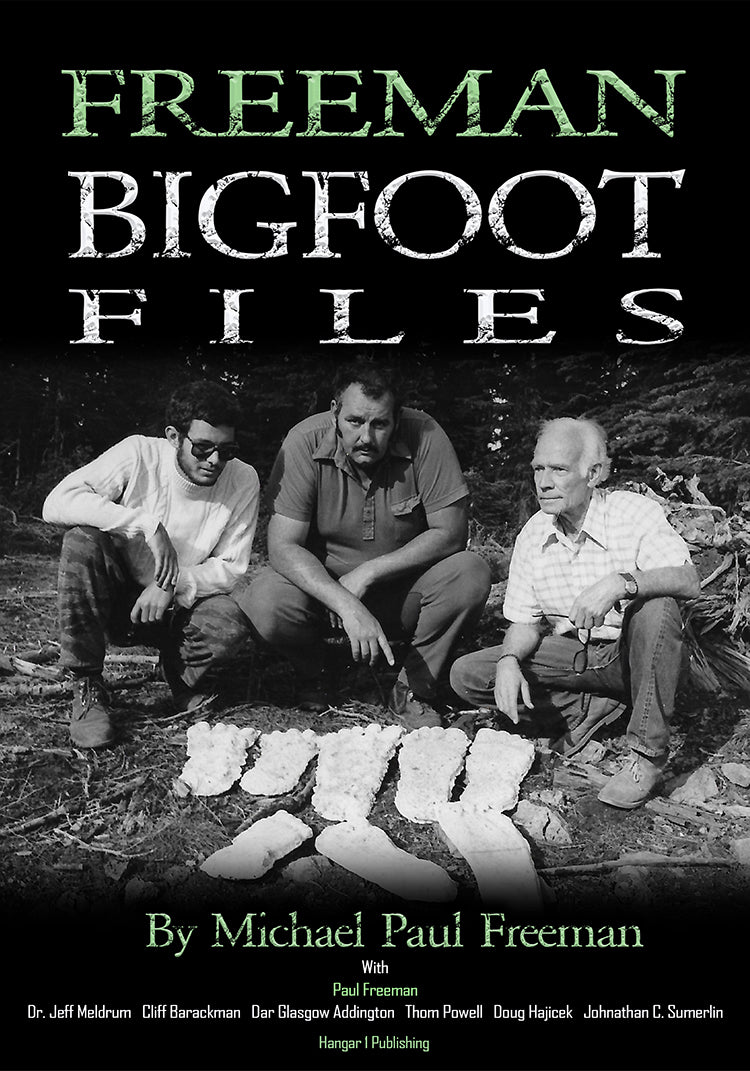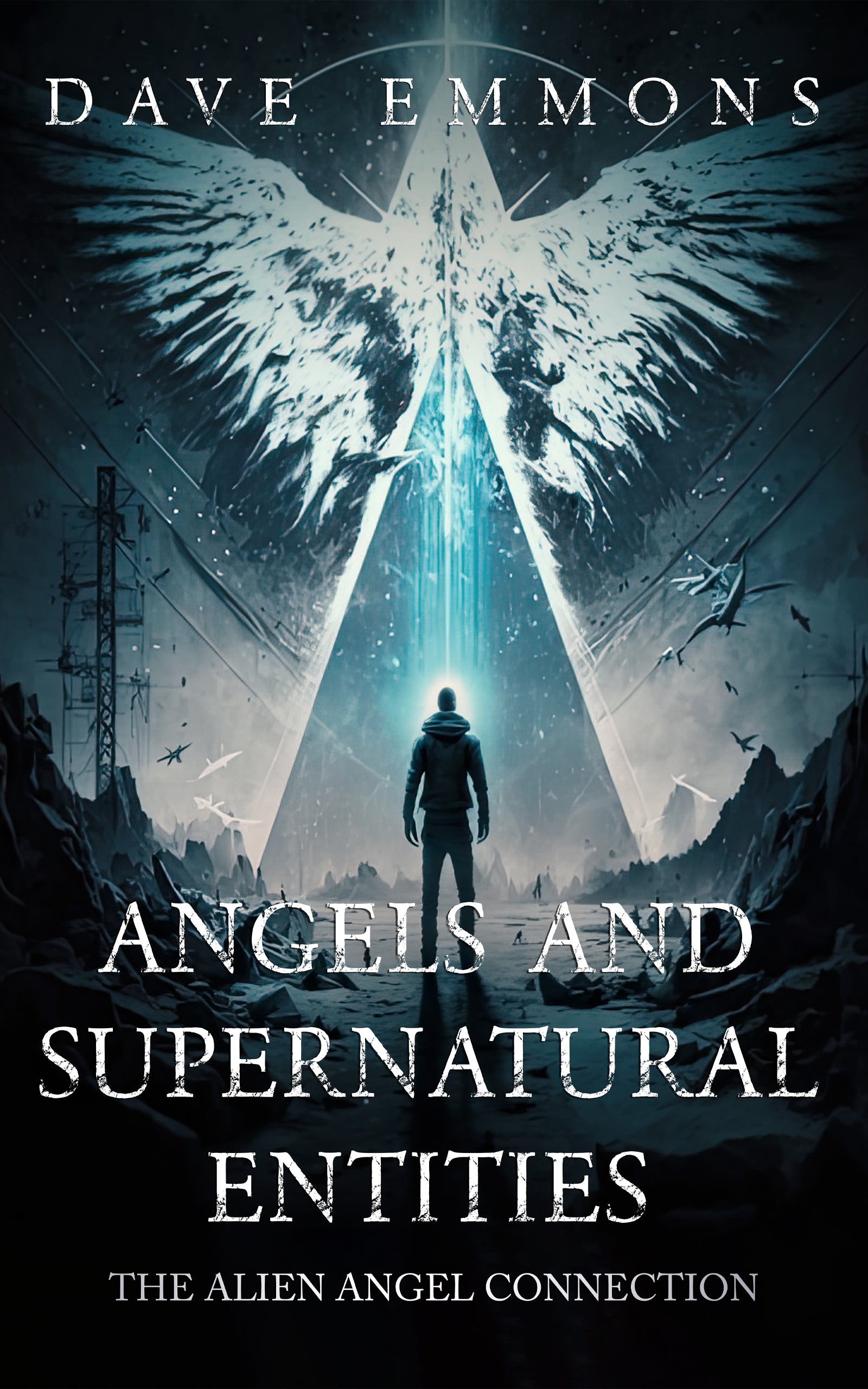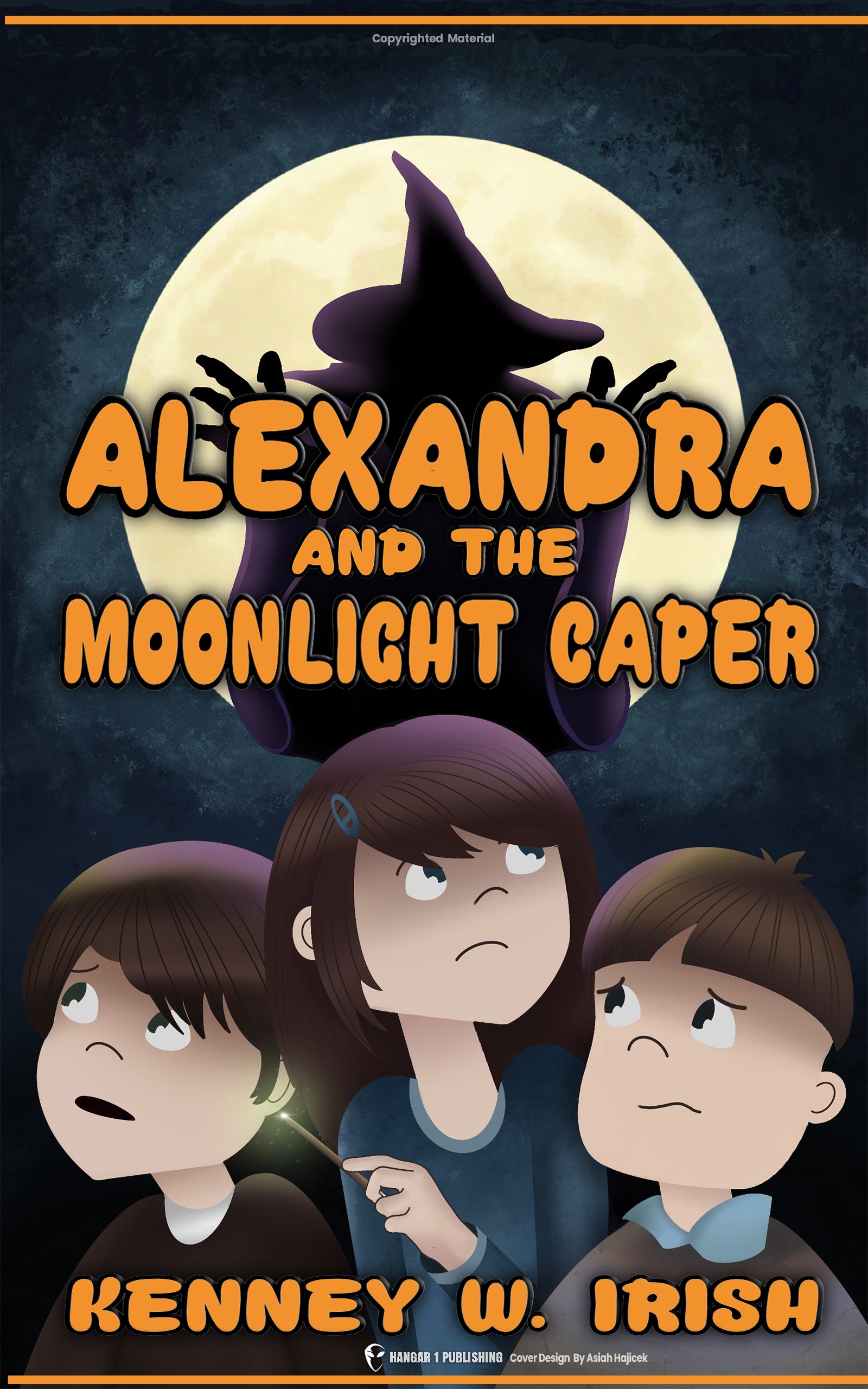Apollo Mission UFOs: Astronaut Encounters and the Mystery

By Amara Okafor, Ufologist
When Neil Armstrong took that historic first step onto the lunar surface in July 1969, he called it "one small step for man, one giant leap for mankind." What few realize is that this monumental achievement might have included encounters far more extraordinary than NASA ever publicly acknowledged.
Throughout the Apollo program, strange sightings, unusual transmissions, and bizarre photographic anomalies have sparked persistent questions: Did our astronauts witness something otherworldly during their lunar missions? Was crucial information hidden from the public? And if so, why?
These questions aren't just the domain of conspiracy theorists huddled in dark corners of the internet. They're fueled by statements from the astronauts themselves, by analysis of official NASA photography, and by testimony from those who worked within the space program. The Apollo missions represent humanity's most ambitious venture beyond our planet-and potentially our first documented encounters with something truly alien.
The Dawn of the Space Age: Seeds of Secrecy
The Apollo program unfolded against the backdrop of the Cold War, where national security concerns dominated government thinking. But even before the first Saturn V rocket lifted off, UFOs had already captured the American imagination.
"For centuries there have been stories of people seeing strange things in the sky," notes a report from iHeart, "though it wasn't until the late 40's and early 50's, with tensions over the Cold War and the Korean War at a high, that the fascination with UFOs really picked up."
What many don't realize is just how seriously some government officials took the subject. In 1950, Canadian government engineer Wilbert Smith wrote a memo stating that, according to his American contacts, flying saucers were considered "the most classified subject in the United States government, rated even higher than the H-bomb." This remarkable claim suggests a level of official concern that contradicts the public dismissals of the UFO phenomenon.
Simultaneously, military interest in the Moon was taking concrete form. In 1960, the Army Ballistic Missile Agency developed "Project Horizon"-a plan to establish a permanent military outpost on the lunar surface. The stated purpose? "To develop and protect potential United States interests on the moon, and to serve as a base for further exploration into space," according to Lieutenant General Arthur Trudeau's letter to President Eisenhower.
This military interest in the Moon raises an intriguing question: Were the later Apollo missions purely scientific endeavors, or did they have secondary, classified objectives? Some researchers suggest the Lunar Orbiter missions, which mapped the Moon before Apollo, discovered anomalies that became targets for investigation during the manned missions.
Karl Wolfe, a former Air Force technician working at Langley Air Force Base in 1966, made a stunning claim about this period. Assigned to repair equipment at an NSA facility processing lunar orbiter imagery, Wolfe alleged he was shown photographs depicting what appeared to be artificial structures on the far side of the Moon.
"He pulled one out," Wolfe recounted. "But before he pulled it out, he said, 'By the way, we've discovered a base on the back side of the moon.'" Wolfe described seeing "huge structures-domed and spherical buildings, what appeared to be towers" in the classified photographs. If true, this would suggest knowledge of potential non-Earth structures on the Moon predated the Apollo landings.
Apollo 11: One Giant Leap Into Mystery
The Apollo 11 mission stands as humanity's crowning technological achievement-but it's also at the center of the most persistent UFO claims associated with the lunar program.
On the journey to the Moon, Buzz Aldrin observed something unusual outside the spacecraft window. He later described it as "a light that appeared to be moving alongside us." This sighting has become one of the most discussed "UFO encounters" in space history, but Aldrin has consistently maintained a prosaic explanation.
"There were many explanations of what that could be," Aldrin clarified in a 2014 Reddit AMA. "It was either the rocket we had separated from, or the four panels that moved away when we extracted the lander from the rocket." Aldrin concluded, "I feel absolutely convinced that we were looking at the sun reflected off of one of these panels."
Aldrin's frustration with how UFO enthusiasts have interpreted his comments is palpable. "The UFO people in the United States were very very angry with me, that I had not given them the information," he noted. "It was not an alien."
Yet questions persist about this encounter. According to the "UFOs and Secret Space Missions" documentary, when the Apollo 11 crew asked Houston about the object's identity, specifically whether it could be the S-IVB rocket stage they had jettisoned earlier, Mission Control allegedly responded that "the position is not even close." This discrepancy between Aldrin's explanation and what NASA supposedly told the crew remains unexplained.
More controversial are the claims surrounding the actual moonwalk. Several sources allege that during Armstrong and Aldrin's exploration of the lunar surface, a mysterious two-minute communications blackout occurred, which NASA attributed to an overheated camera.
What makes this claim particularly interesting is the allegation that amateur ham radio operators, using their own equipment, picked up transmissions that never made it to the public broadcast. According to Maurice Chatelain, former chief of NASA Communications Systems, Armstrong switched to the medical channel to report something extraordinary.
These unofficial transmissions supposedly included statements like "These babies are huge, sir. They're enormous," and "Oh my God, I'm telling you, there are other spacecraft out there lined up on the far side of the crater edge. They're on the moon watching us."
While these claims lack official verification, they've become a cornerstone of Apollo UFO lore. The medical channel's existence is factual-astronauts did have a private line to communicate with flight surgeons about personal health matters. This presents a plausible mechanism for how sensitive information could have been conveyed away from public ears.
Other alleged Apollo 11 anomalies include a report in Science Digest (July 1977) claiming the crew observed what appeared to be "a mass of intelligent energy" pacing their capsule. During the lunar module's descent, Aldrin reportedly filmed a "white kind of shimmering fast-moving object" trailing them-a phenomenon Command Module pilot Michael Collins also observed from orbit.
Did Apollo 11 encounter something extraordinary on humanity's first journey to another world? The official record says no-but the questions continue to orbit this historic mission like persistent, unidentified objects themselves.
Beyond Apollo 11: Strange Music and Silent Astronauts
While Apollo 11 garners the most attention, other missions produced equally compelling mysteries. None more so than Apollo 10, which orbited the Moon in May 1969 as a "dress rehearsal" for the landing that would follow two months later.
As the Apollo 10 command module passed behind the far side of the Moon, the astronauts lost all radio contact with Earth-a normal part of lunar orbit. What wasn't normal was what they heard during this period of isolation.
"That music even sounds outer spacey, doesn't it?" one astronaut remarked. "You hear that? That whistling sound? Whoooooo."
"It sounds like, you know, outer space-type music."
"I wonder what it is."
For nearly an hour, this strange "music" or "whistling" continued, puzzling the crew. "Boy, that sure is weird music," one commented. Later, they debated whether to report the experience: "I don't know. We ought to think about it."
What makes this incident particularly baffling is that the Moon has no atmosphere to transmit sound and no magnetic field to generate radio emissions. NASA's explanation that it was interference between the VHF radios in the two spacecraft was challenged by Apollo astronaut Al Worden, who stated, "If there was something recorded on there, then there was something there." The astronauts never publicly discussed the experience, allegedly fearing it might impact their flight status.
Apollo 14's Edgar Mitchell never claimed a personal UFO sighting, but he became perhaps the most outspoken advocate for the reality of extraterrestrial presence among former NASA astronauts. The sixth man to walk on the Moon founded the Institute of Noetic Sciences to explore consciousness and paranormal phenomena after his return.
"He always felt that there were UFOs out there, because so many of the pilots and astronauts had seen something," his widow Anita Mitchell revealed in interviews. She recounted stories Mitchell shared about other astronauts' experiences, including James McDivitt and Leroy Gordon Cooper Jr., who allegedly encountered unexplainable objects during their missions.
Cooper reportedly confided during a dinner party, "I remember Gordy telling us that he had seen something. He said, 'Listen, we have nothing that goes that fast and goes that high.'"
Mitchell publicly called on the U.S. government to release classified UFO information, stating in 2009: "We are being visited. It is now time to put away this embargo of truth about the alien presence."
Perhaps the most dramatic claim involves Apollo 17 astronaut Ron Evans, who allegedly reported seeing something extraordinary while orbiting the Moon alone in the Command Module. According to biomedical engineer Joanne Donaldson, who monitored astronauts' vital signs, Evans responded to a joking question about being lonely by saying, "No, I got company."
When Mission Control asked if he was joking, Evans allegedly responded, "No, this is not a joke. There is an object flying in formation with me up here circling the moon." Donaldson claimed NASA immediately disconnected the public feed, and everyone involved was ordered not to discuss the "anomaly."
After splashdown, Evans reportedly described the object as "40-45 feet long" and "cigar shape," adding, "I don't think the Russians launched something this big in orbit."
These accounts-whether genuine experiences or embellished tales-suggest that whatever Apollo astronauts may have encountered, there was immense institutional pressure to maintain official silence.
Photographic Anomalies: Pictures That Shouldn't Exist
Beyond firsthand accounts, researchers point to NASA's own lunar photography as evidence of something unusual on the Moon. These aren't grainy, amateur images but official photographs taken by sophisticated cameras during the Apollo missions and earlier lunar orbiters.
The Apollo 10 photographs of an area called Sinus Medii (the "Sea in the Middle") are particularly controversial. Researchers examining image AS10-32-4822 claim it shows what appears to be massive geometric structures resembling "skyscrapers," with intricate patterns featuring 90-degree angles and criss-crossing lines that follow the Moon's curvature.
"When you enhance the background it gets even weirder," claims researcher Mike Bara, "because this is what the background is...these light points are actually just points of structure that is in this massive Miles High geometric structure above the lunar surface."
Even more peculiar is the claim that nine different versions of this photo obtained from different NASA archives all showed variations, with objects appearing and disappearing between them. The original catalog image was allegedly completely blacked out, "as if they left the lens cap on the camera," raising suspicions of deliberate obfuscation.
Another contested image from Apollo 11 appears to show what some researchers interpret as a massive saucer-shaped object on the lunar surface. The object has what looks like machined ridges or indentions around the top that "are almost decorative in appearance." When shown this image, Buzz Aldrin reportedly refused to comment, stating, "I don't want to even get involved in it."
Former NASA employee Donna Hare provided an insider perspective on alleged image manipulation. She claimed to have witnessed a colleague airbrushing a UFO out of a photograph and, when questioned, was told, "We have to airbrush these out." Hare stated that NASA censored "technology that's not related to us...that is really Hightech."
Richard Hoagland, a lunar artifact specialist, has claimed that many lunar features photographed during the Apollo missions show evidence of artificial structures that NASA has systematically doctored out of images released to the public.
Perhaps most striking is the "Kepler crater" photograph taken by Lunar Orbiter 3 in 1967. Some researchers claim it shows evidence of massive mining operations, with part of the crater rim removed and what appears to be rubble or destroyed structures inside. Comparing this to later NASA images of the same crater, which shows it intact and pristine, raises questions about possible alteration of the photographic record.
Secret Space Programs and Hidden Agendas
The concept of a "secret NASA" operating alongside the public agency has gained traction among researchers who believe evidence of non-terrestrial intelligence has been systematically concealed. According to Richard Dolan, there appears to be "basically two NASAs. You've got the public version of NASA, which we all know about. And then there is the private version, the secret version...collecting artifacts, and any other kind of data relating to other intelligences."
This idea of compartmentalized knowledge fits with standard security protocols-those working on classified projects are briefed strictly on a "need-to-know" basis, creating silos of information even within highly secure organizations.
Some claims venture into even more speculative territory. Randy Cramer alleges he was recruited at age 17 into a "super soldier" program that included a 20-year tour of duty at bases on both the Moon and Mars, traveling via triangular craft similar to those reportedly seen near military installations like Dugway Proving Ground in Utah.
According to Cramer's account, he was transported to a base called "Command Base Luna" on the far side of the Moon, where he saw "domes, a couple of tall buildings...towers that were something that was close to a 50 or 100-story building." After his service, he claims to have been returned to his teenage self through some form of time manipulation.
While Cramer's account lacks verifiable evidence, it represents the extreme end of the secret space program narrative. More modest theories suggest classified military oversight of space activities, particularly related to potential non-terrestrial technology or presence.
John Brandenburg, former deputy manager of the Clementine Mission (a classified operation to map the Moon), offered some credence to the idea of military concern about potential lunar anomalies. Brandenburg stated the mission was partly designed "to check out if someone was building bases on the moon that we didn't know about."
More alarmingly, Brandenburg recounted being shown footage of what appeared to be a "firefight in space" involving UFOs evading weapons fire. When he speculated these craft might be from 40 light years away, a senior Army general present reportedly commented, "Long supply lines"-suggesting military planners were already considering strategic responses to potential non-terrestrial visitation.
Analyzing the Evidence: What Do We Really Know?
The Apollo UFO narrative spans a spectrum from highly credible (Buzz Aldrin's confirmed sighting of an initially unidentified object, later explained) to extraordinarily speculative (claims of massive alien bases and secret 20-year tours to Mars). How do we sort through this complex tapestry of claims?
Many alleged sightings have prosaic explanations. The objects Aldrin observed were most likely panels or parts of the spacecraft itself. The strange music heard by Apollo 10 astronauts could potentially be explained by radio interference, though questions remain about its exact source. Some photographic anomalies can be attributed to lens flares, shadows, or geological formations viewed under unusual lighting conditions.
Yet other aspects of the story resist simple explanation. Why would multiple astronauts reportedly discuss their sightings only in private? Why would NASA allegedly disconnect feeds during certain transmissions? Why do some lunar photographs appear to show geometric patterns that experts in various fields have difficulty explaining as natural formations?
The challenge in verification is substantial. Many claims rely on alleged leaked information, secondhand accounts, or interpretations of ambiguous imagery. Original mission tapes and unedited transmissions aren't readily available for independent analysis. NASA maintains no credible evidence of extraterrestrial encounters exists in its Apollo archives.
Yet the persistence of these stories, often from individuals with impressive credentials and little to gain from making extraordinary claims, suggests something unusual may have occurred during humanity's first ventures to another world.
The Human Element: Astronauts and Their Cosmic Perspective
The psychological impact of space travel on astronauts can't be overstated. Edgar Mitchell and many others have described the profound "overview effect"-the cognitive shift that occurs when viewing Earth from space. This experience often leads to a deeper appreciation of humanity's place in the cosmos and openness to possibilities previously dismissed.
"I've been devoted to exploration, education, and discovery since my earliest years," Mitchell said, reflecting on his transformation after Apollo 14. His post-NASA work explored consciousness, remote viewing, and the potential for mind-matter interaction-interests sparked by his experiences in space.
The pressure on astronauts to conform to official expectations is another important factor. Joanne Donaldson claimed Apollo 17 astronauts were explicitly told, "We're going to continue on with the mission as if nothing has happened and did not discuss this anomaly with anyone outside of your command." The fear of being grounded-effectively ending an astronaut's career-created powerful incentives to remain silent about unusual experiences.
Neil Armstrong, notoriously private about his Apollo 11 experience, made intriguing comments during a 1994 White House speech commemorating the 25th anniversary of the Moon landing: "We leave you much that is undone. There are great ideas undiscovered, breakthroughs available to those who can remove one of truth's protective layers." While cryptic, such statements have fueled speculation that Armstrong harbored knowledge he couldn't or wouldn't share publicly.
Anita Mitchell's book "You Don't Look Like An Astronaut's Wife" demonstrates how family members sometimes become repositories for stories astronauts felt unable to share publicly. Her accounts of her husband's conversations with fellow astronauts about UFO encounters offer a glimpse into the private discussions that may have occurred among those who journeyed beyond Earth.
Why Apollo Mission UFOs Still Captivate Us
The enduring fascination with Apollo Mission UFOs reflects more than just interest in potential extraterrestrial encounters. It touches on fundamental human questions about our place in the universe and our relationship with authority and information control.
The internet era has transformed this conversation, allowing millions to examine Apollo footage, photographs, and transcripts previously accessible only to those with specialized access. YouTube videos of alleged Apollo anomalies routinely gather millions of views, while researchers continue to scour NASA's own archives for evidence of unusual lunar structures or objects.
Did Apollo astronauts encounter non-terrestrial intelligence or evidence of its presence on the Moon? Was there a systematic effort to conceal such encounters from the public? Do the geometric anomalies in lunar photography represent actual artificial structures, or are they simply the result of unusual lighting and natural formations misinterpreted by eager eyes?
These questions remain unanswered, floating in the vacuum of uncertainty like the astronauts themselves once orbited above the lunar surface.
The Future of Space Exploration and the Search for Answers
As humanity prepares to return to the Moon through NASA's Artemis program and other international efforts, new opportunities to investigate these lingering mysteries will emerge. Modern imaging capabilities, advanced communication systems, and potentially greater transparency may finally resolve questions that have orbited the Apollo program for over half a century.
Meanwhile, governments worldwide have shown increasing openness regarding Unidentified Anomalous Phenomena (UAP, formerly UFOs). The U.S. has established the All-domain Anomaly Resolution Office to investigate unexplained encounters, while NASA formed its own independent UAP study team in 2022.
In a UN Archive video, Buzz Aldrin reflects on the cosmic perspective: "I suspect they're looking at us," though he clarifies he has "no doubt that extraterrestrials could very well have populated or made structures on The Far Side of the Moon" despite not seeing such structures himself.
The Apollo missions represented humanity's first tentative steps into the cosmic ocean. Whether those journeys included encounters with others already navigating those waters remains one of the great unresolved questions of the space age. As we prepare to return to the Moon and venture further into space, perhaps we'll finally discover whether we've been alone all along-or if someone else has been waiting for us to catch up.
From Bigfoot to UFOs: Hangar 1 Publishing Has You Covered!
Explore Untold Stories: Venture into the world of UFOs, cryptids, Bigfoot, and beyond. Every story is a journey into the extraordinary.
Immersive Book Technology: Experience real videos, sights, and sounds within our books. Its not just reading; its an adventure.


